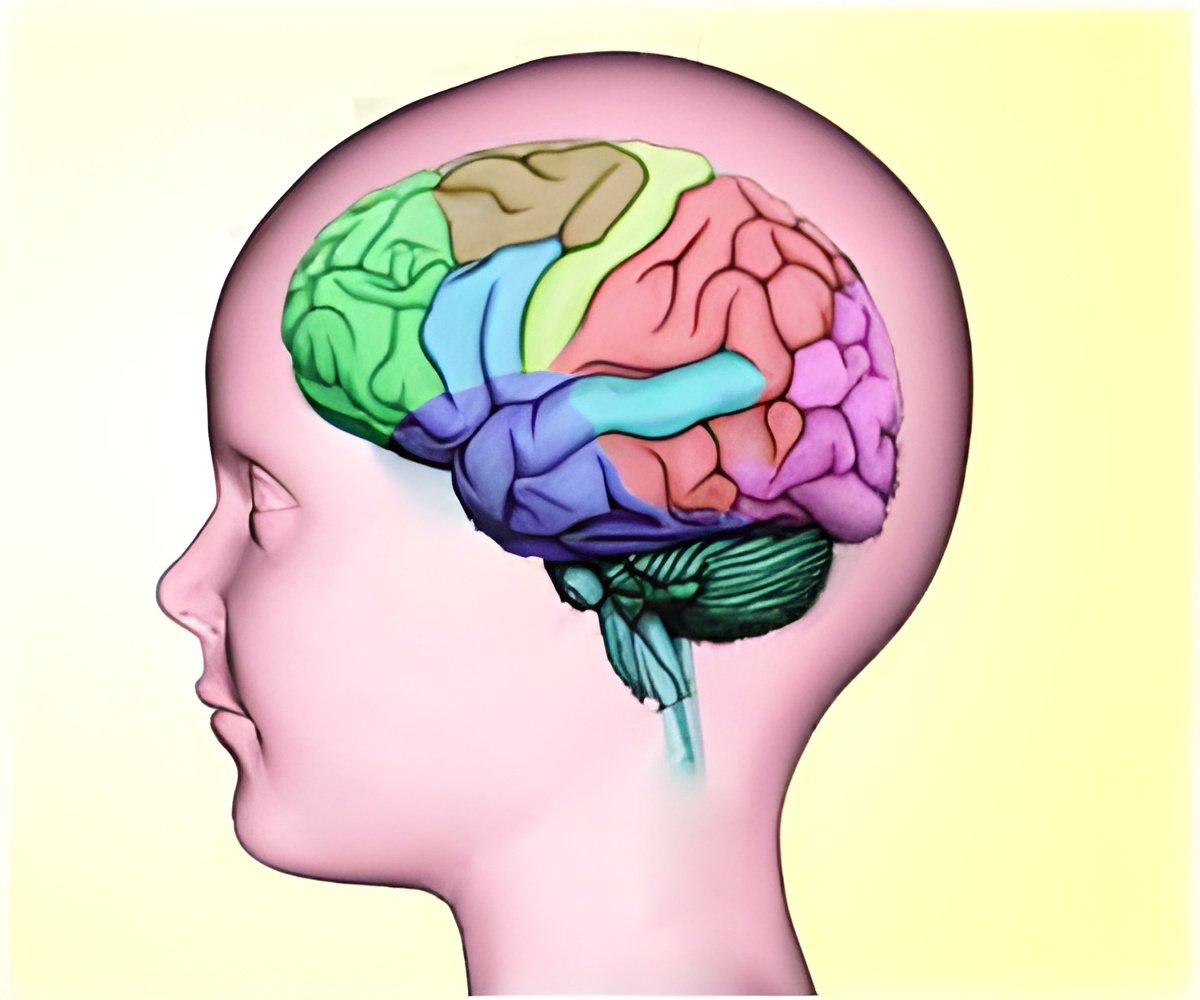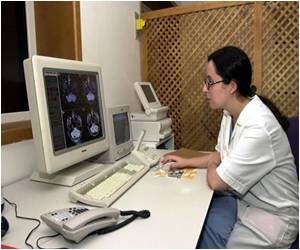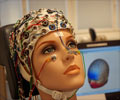In eastern India, epilepsy patients can now breathe a sigh of relief.

The Institute of Neurosciences Kolkata has stepped up to achieve global standards in health care by introducing video telemetry (automatic transmission and recording) services capable of long-term monitoring of epileptic patients.
Video telemetry service with long-term monitoring (upto 72 hours) is "the best option" for epileptic patients who do not respond to medicines, said an expert.
"This is the best option for non-responsive patients. About 30 percent patients do not respond to medication. This can be used for them to detect the specific regions in the brain where seizures originate," Ashis Datta, consultant neurologist at the institute, told IANS Thursday.
Also known as long-term video-electroencephalograph (EEG) monitoring, the diagnostic procedure involves hospitalisation of the patient for a specified period during which electrical activity of brain and a typical episode of seizure is monitored and recorded with a video camera and EEG.
While for the EEG data, the electrodes glued to the patient's scalp detect electrical activity, the camera records the exact response during a seizure.
"Earlier patients used to go to Thiruvananthapuram for this but now the facility is available here," added Datta.
 MEDINDIA
MEDINDIA




 Email
Email










